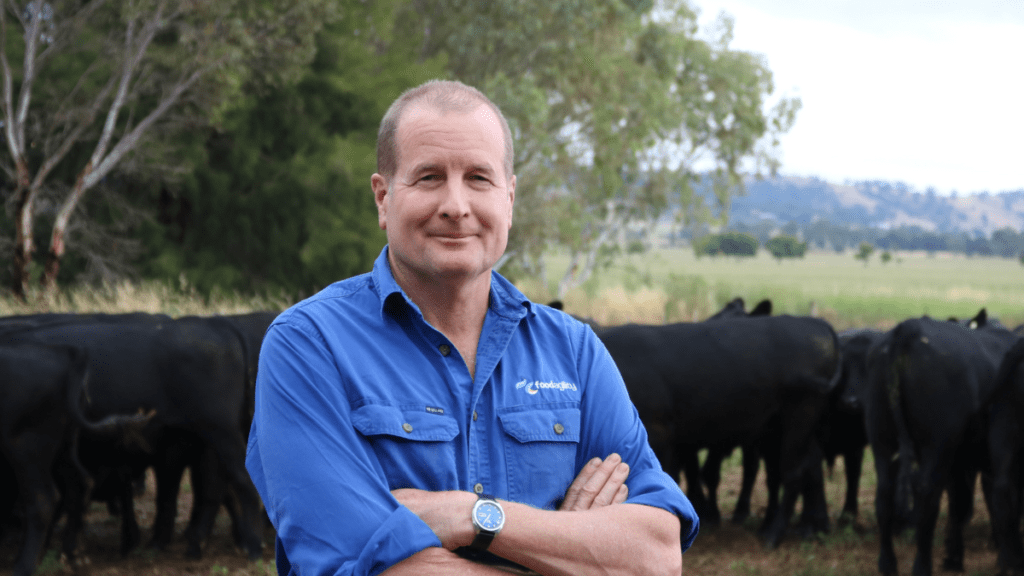AgTrace Australia, a pilot program testing the Australian beef industry’s ability to prove sustainability credentials, including deforestation, is aiming to help producers prepare for new European Union (EU) market access requirements.
Media coverage
Beef Central – Pilot program hoping to help with EU deforestation regulations
ACE Radio Network – Country Today (29 August Episode)
ABC Northern Territory Country Hour – (Starts at 20:40)
Australian beef exports to the EU were worth almost $150 million in 2023, with hides worth an estimated $50 million.
Introduction of the European Union Deforestation Regulation (EUDR) means after 30 December 2024, products traded within EU such as soy, palm oil, cocoa, coffee, timber, rubber, as well as beef and beef co-products must be able to show they don’t contribute to deforestation or forest degradation.
The EUDR is a business-to-business requirement and will apply to Australian cattle producers, including feedlots, who supply EU eligible cattle, EU listed beef processors, and hides destined to be exported there.
Whole-of-life product traceability with geolocations of product origins will be required to meet EU import documentation and that’s where AgTrace will play a key role.
AgTrace is an initiative of Food Agility partially funded although not endorsed by the Department of Agriculture Fisheries and Forestry. Teys Australia, Casino Hide Tanners, and AI Topper and Co are some of the industry partners participating in the pilot program.

AgTrace Australia Project Manager and Food Agility Chief Scientist, Professor David Lamb, said the partnership with industry stakeholders and technology providers has delivered a reliable solution.
“Our efforts aim to demonstrate data sharing protocols and verification throughout the red meat supply chain to ensure market access for emerging requirements such as EUDR,” Professor Lamb said.
The first stage aims to demonstrate to the European Commission that compliance with Federal and State and Territory Land Management laws produces an equivalent outcome to the EUDR.
Results from the pilot program will be used to develop a more permanent, long-term method of demonstrating compliance with the EUDR.
Posted in News
